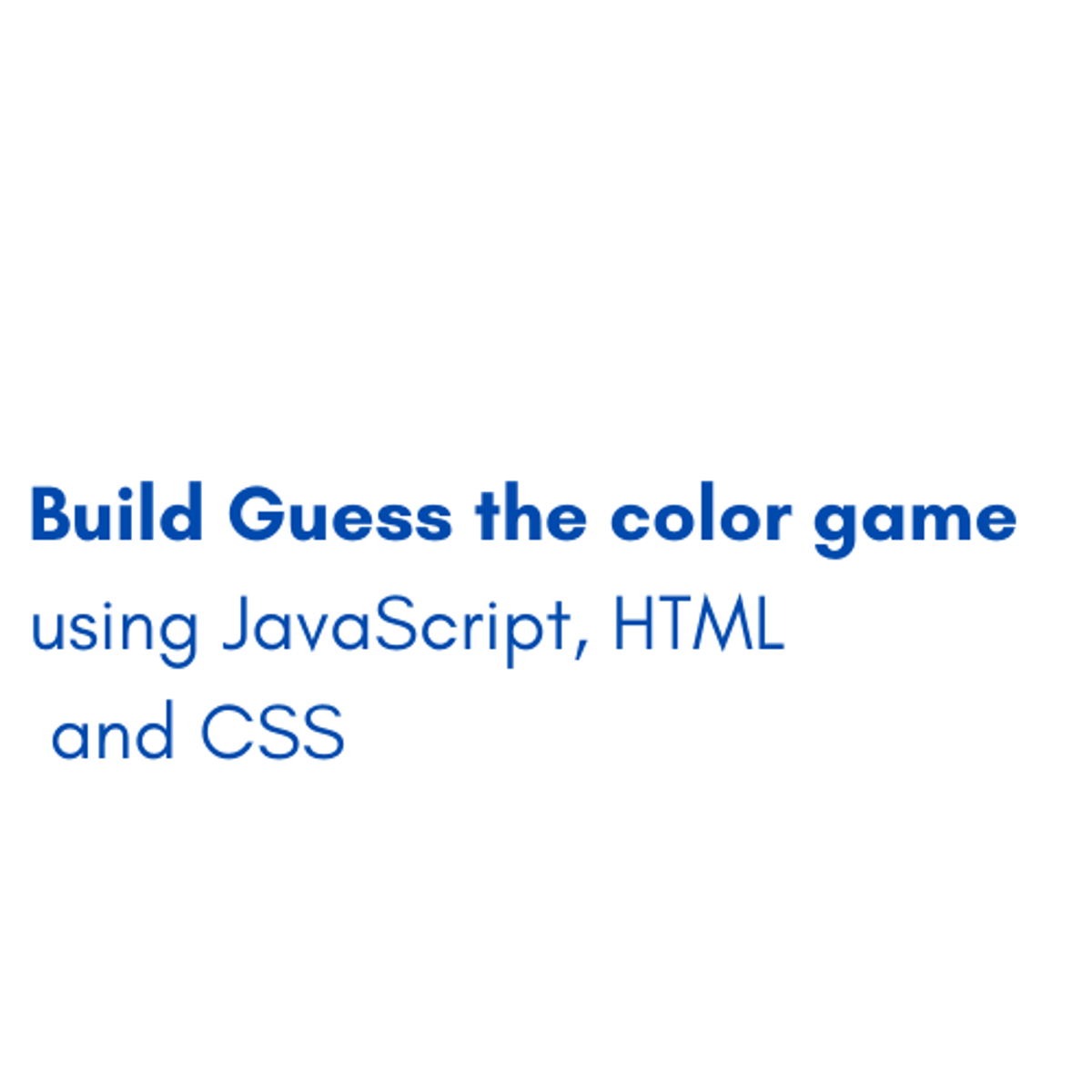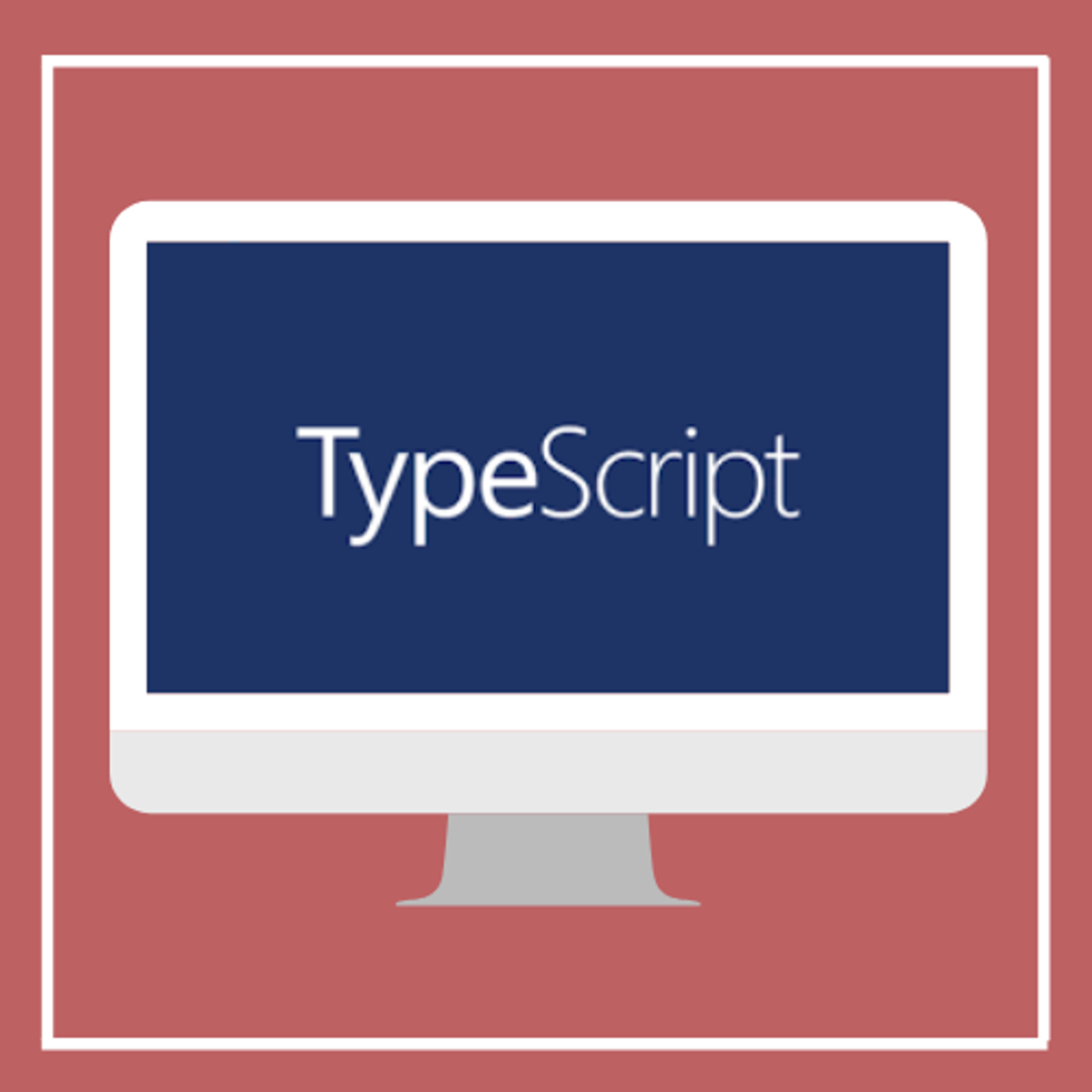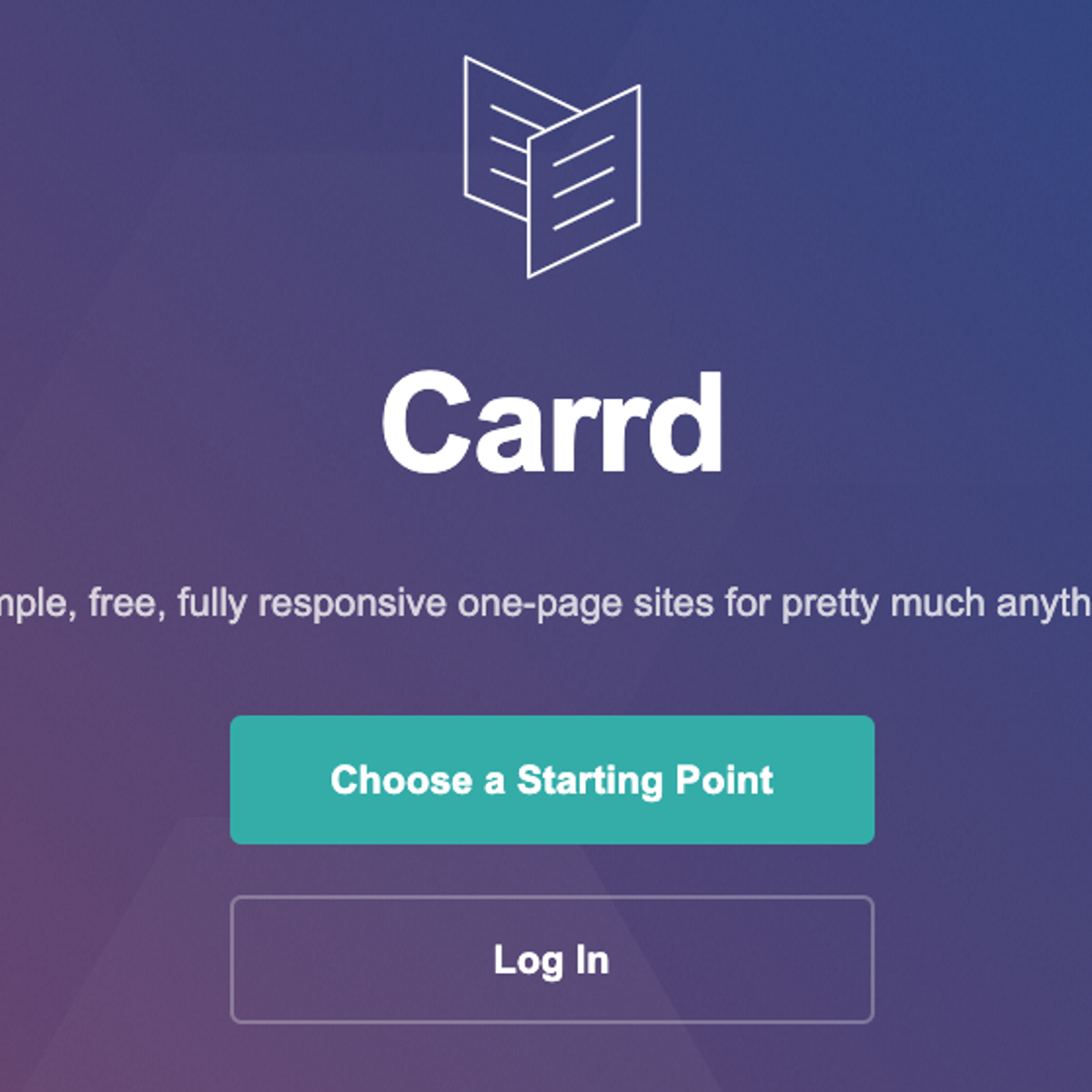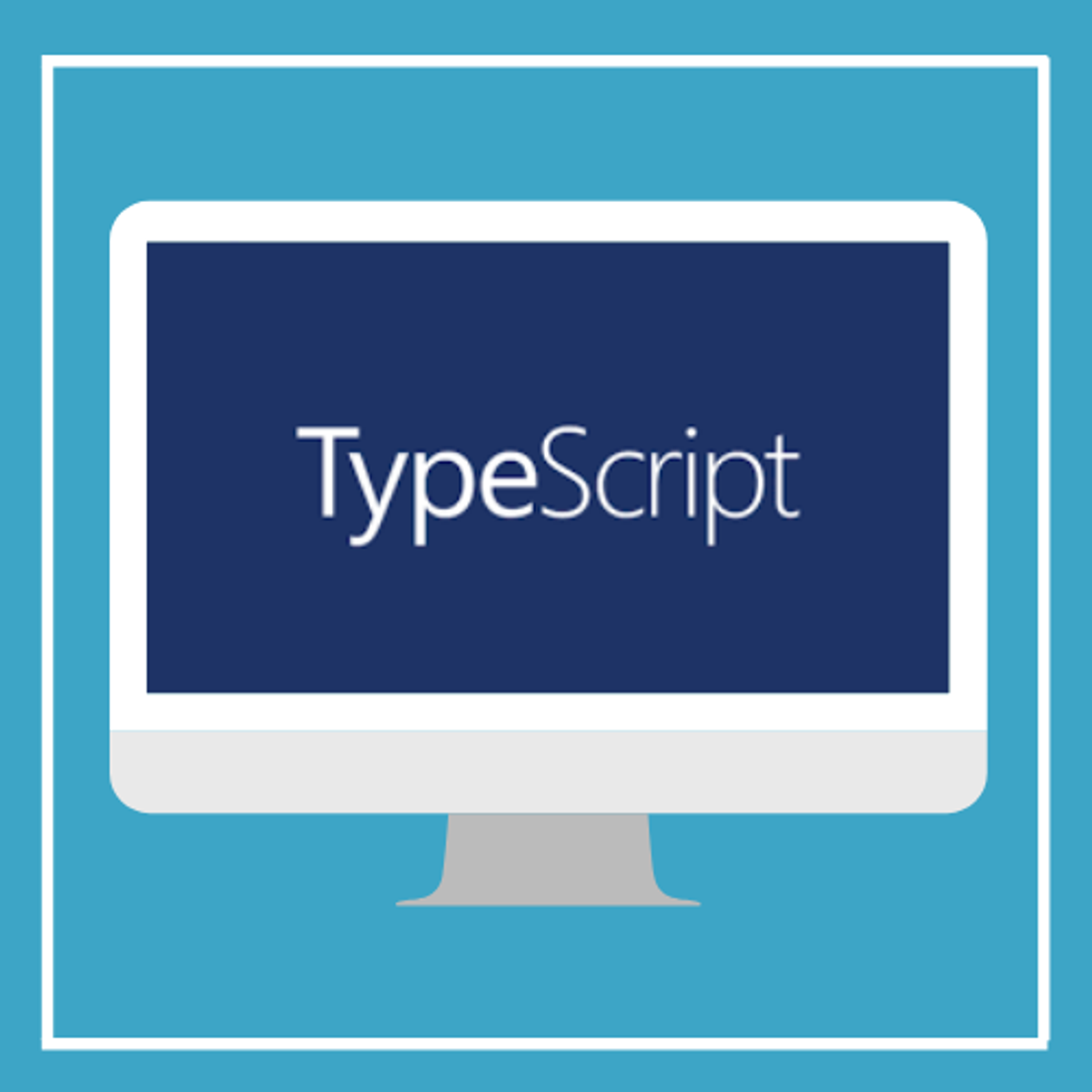Back to Courses









Mobile And Web Development Courses - Page 12
Showing results 111-120 of 456

App Deployment, Debugging, and Performance en Français
Dans ce cours, les développeurs d'applications apprennent à concevoir et développer des applications cloud natives qui intègrent parfaitement les services gérés de Google Cloud. À travers un ensemble de présentations, de démonstrations et d'ateliers pratiques, ils découvrent comment appliquer les bonnes pratiques de développement d'applications et comment utiliser les services de stockage Google Cloud appropriés pour le stockage d'objets, les données relationnelles, la mise en cache et l'analyse. Les participants peuvent choisir d'effectuer les ateliers dans leur langage préféré (Node.js, Java ou Python).

Typescript in React: Generics, Demystified
By the end of this course you will be able to start working with generics in a Typescript React application. We will start by focusing on the core Typescript generics concepts and behaviours and end up by writing our own faux ‘backend’ React function component type.
This course is aimed at developers who are familiar with Typescript and understand the basics and would like to have some more experience, especially using some of the more advanced and dynamic type patterns in React.

Build "Guess The Color" game using JavaScript, HTML and CSS
In this 1-hour long project-based course, you will learn how to (you will be able to identify the basics of HTML, create the game content and general options, you will be able to identify the basics of CSS, create the game layout of any design as needed, you will be able to apply more features of higher level with CSS and add transitions with different properties, you will be able to apply the basics of JavaScript, to create variables, functions and loops to fulfill your needs and you will be able to add dynamics to the game , make it interactive and link between HTML, JavaScript and CSS. ).
Note: This course works best for learners who are based in the North America region. We’re currently working on providing the same experience in other regions.

TypeScript Operators
This guided project will teach you Typescript operators in Typescript playground such as Arithmetic, Logical, Relational, Bitwise, Assignment and many more which will help to design many math related programming applications. This will take your TypeScript skills to the next level.
Note: This course works best for learners who are based in the North America region. We’re currently working on providing the same experience in other regions.

Django Web Framework
It's time to build something bigger. In this course, you will use the Django web framework to build, secure and administer a web server. You will have the opportunity to create, design and configure a web app using the Django framework in-line with best practices.
Explore the usage of models in Django and their relationship to databases. Use views to render requested data to meaningful template structures for a composed user interface (UI). Implement proactive security practices and mitigate common security risks.
By the end of the course you will be able to:
• Design a Django web application using Python, HTML and CSS.
• Describe and implement the HTTP request response cycle by creting views, routes and templates.
• Describe and build a data model to create database tabless and dynamic web forms.
• Explore the Django Template Language to create dyanamic webpages that display data stored in a database.
• Create, share and test your web application by using industry standard best practice and guidelines.
To succeed in this course, you are required to have a fundamental knowledge of the following:
HTML and CSS
Python
MySQL
You also require basic internet navigation skills and an eagerness to get started with coding in Django!

D3Js Basics
In this 1.5-hour long project-based course I will show you the basic concepts to create data visualizations in D3.js. You will learn how to use SVGs, select, and bind data in order to create a bar chart. We will be visualizing firecracker injuries in 2019. This data is from the U.S. Consumer Product Safety Commission (CPSC) Fireworks Annual Report. Inspired by recent events this summer we are going to visualize firework injuries in the United States. Firework injury data can be found at U.S. Consumer Product Safety Commission (CPSC) .

Intermediate Object-Oriented Programming with Java
This 1.5 hours class is a continuation of the class Object-oriented programming with Java. We will learn and explore more advanced topics of object-oriented programming with Java.
At the end of this class, you will be able to use Java to develop projects such as mobile applications. You will also be able to understand Java object specifications and use objects and frameworks created by other developers.

Create a no-code one page SMB website with Carrd
In this project you will create a one page website for a small/medium business without any need of coding using Carrd.co online editor. You will learn the strategy to create a one page website, edit text and images, style containers and build the layout, include buttons and calls to action, and an interactive quote generation form.

TypeScript Control Structures
By the end of this project, you will learn to control the flow of application through if, if-else, else and switch statements. And you will also learn how to repeat sections of the code using for, while, do-while and also learn to refine control on the loops using break and continue statements. All these are done in TypeScript playground.
Note: This course works best for learners who are based in the North America region. We’re currently working on providing the same experience in other regions.

App Dev: Setting up a Development Environment - Python
This is a self-paced lab that takes place in the Google Cloud console.
In this lab, you will provision a Google Compute Engine virtual machine and install software libraries for software development.
Popular Internships and Jobs by Categories
Find Jobs & Internships
Browse
© 2024 BoostGrad | All rights reserved